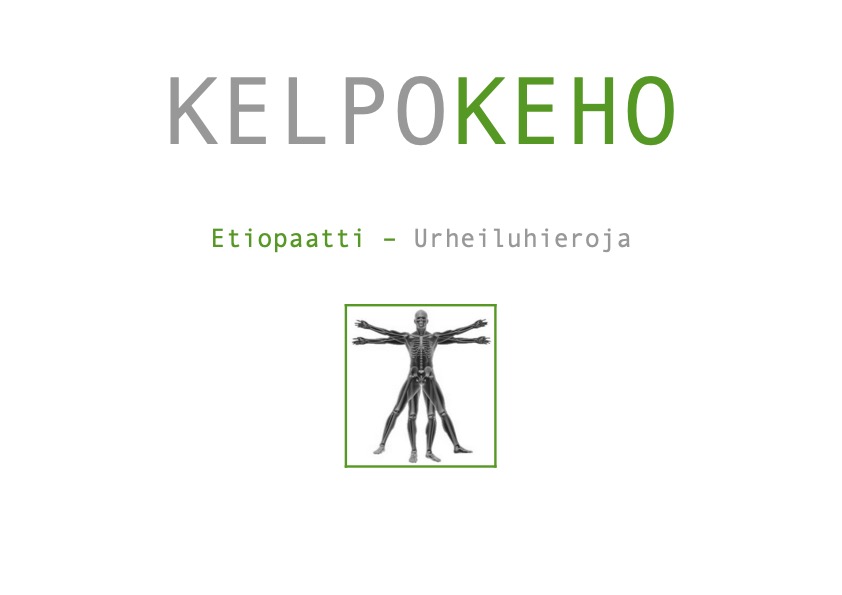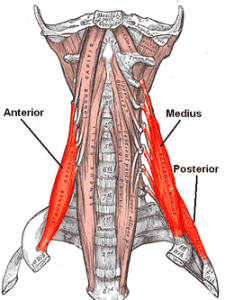The scalene muscles (from Greek σκαληνός, or skalenos, meaning uneven as the pairs are all of differing length) are a group of three pairs of muscles in the lateral neck, namely the anterior scalene, middle scalene, and posterior scalene. They are innervated by the fourth, fifth, and sixth cervical spinal nerves (C4-C6).
A fourth muscle, the scalenus minimus (Sibson’s muscle), is sometimes present behind the lower portion of the anterior scalene.
(source: Wikipedia)
Scalenes…To me they’re part of these “way under regarded muscles” because they cannot be “seen” like let’s say the STM (sternocleidomastoid, that thick muscle on each side of the neck) and yet they are huge players in posture (mainly the head), breathing (attaching to the first two ribs), the health of the brachial plexus and they are usually responsible for the condition known as TOS (thoracic outlet syndrome) mostly experienced by office workers and computer users. (tingling in your fingers)
While they can be tricky to work with and treat, a well trained physical therapist can work wonders (or at least help release tension) treating the scalenes both with short term and long term results: decrease in tension headache, neck pain and increase in range of motion as well as reducing the risk of TOS.
I like to work them with the patient lying supine (on their back) and with the head resting on the couch, no pillow needed. The key is to communicate well with the person receiving the treatment as it can be daunting to have someone fiddling and touching that are of the neck, close to the throat. Trigger point therapy can be effective depending on the person you’re treating but I do like myofascial release therapy, working all the way to the top of the chest and shoulders.
Should you wish to find out more about how I treat the scalenes and the conditions associated with them, please get in touch and we’ll see what can be done for you.
See you on the mats or in the treatment room.
Johan

